Is your nail salon the culprit behind toenail fungus? Well, according to several studies and reports, your trusted nail salon that provides those glittering pedicures can in fact be spreading nasty toenail fungus that can cause infections. How do nail salons spread toenail fungus? It all boils down to one simple concept – when nail salons don't maintain a sterile environment and use clean tools, fungus and subsequent infections can easily be spread.
Breaking Down the Sources of Fungus in Salons
- Cuts and bruises along the toenail – If your salon uses a tool on you that was used on someone who has fungus and manages to cut you or bruise you while working on your feet, you are more likely to contract that same fungus. These cuts expose your cells and tissues, and according to expert podiatrists like Dr Segler, even the most trained and skilled pedicurists will occasionally be sloppy in their job slipping and cutting the skin. While this is a rare scenario today when compared to a few years ago (since pedicurists are now more trained and sensitive on hygiene), it still happens from time to time. Even if they use clean tools, the accidental cutting of your skin exposes you to any other germs that may be in the air. So, if they don't regularly clean their area, you could still be in trouble.
- Infections from using artificial toenails – Believe it or not, some people do get artificial nails on their toes, and this is another possible cause of toenail fungus stemming from your nail salon. However, most cases are usually not the direct result of your pedicurist. Artificial toenails increase the risk of hurting the skin around your toenail when wearing sandals. Fake nails also increases the area below which fungi breed and overgrow. It also brings the additional work of cleaning your toenails more carefully. Placing and removing artificial nails can also result in cuts and bruises.
- The pedicurist not wearing gloves and/or not maintaining good hygiene themselves – Even when an attendant uses fresh tools and has a clean area, their own hands and bodies are consistently coming into contact with other people's skin, and thus any infections/fungus them may have. If you don't see your attendant washing their hands before working on you and/or wearing gloves, you could come into contact with fungi and bacteria that leads to infection.
What Can you Do to Prevent Contact With Fungus?
Since we are exposed to fungus and bacteria at all times, contact and subsequent infections are always a possibility. Still, protecting yourself could be as simple as following these practices:
• Use anti-fungal powders/ sprays before and after your pedicure
• Make a habit off washing your hands and feet regularly and after touching infected surfaces
• Take time to dry of your feet after showering and remember between the toes
• Only use trustworthy professional salons for your pedicure
• Bring your own items to the salon for your pedicures, or at least make sure that fresh, sterile tools are being used
• Choose moisture-minimizing socks and never stay barefoot in public spaces
• Reduce the number of times you use nail polish and artificial nails
There is nothing wrong with getting pedicures. Just make sure you are protecting yourself by only going to reputable salons and following the tips provided above. Fungi and bacteria may be everywhere, but it doesn't mean you have to subject yourself to risk of infection.
If you think you may have gotten toenail fungus from a pedicure at your nail salon, make sure you treat it as quickly as possible. The fungus may only look like spots initially, but it gradually gets worse...and yes, it gets even uglier. You can call Dr. Christopher Segler directly to ask about your toenails if you are concerned that you have toenail fungus infecting your toenails. 415-308-0833 or email him at [email protected].
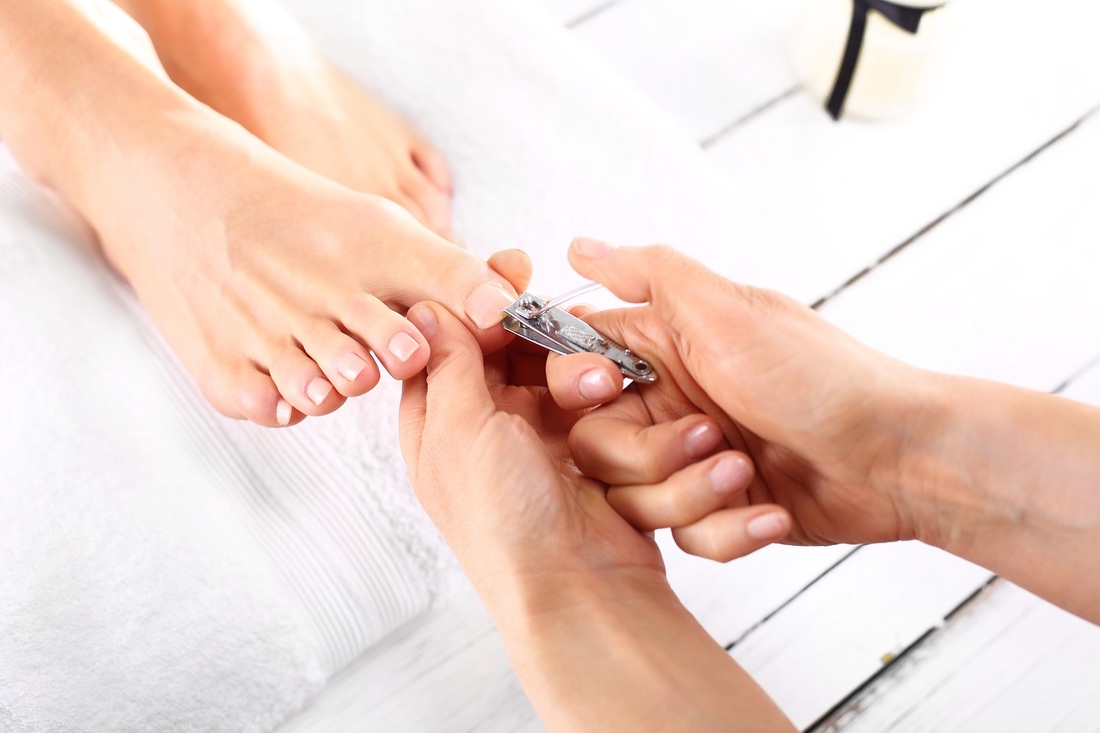
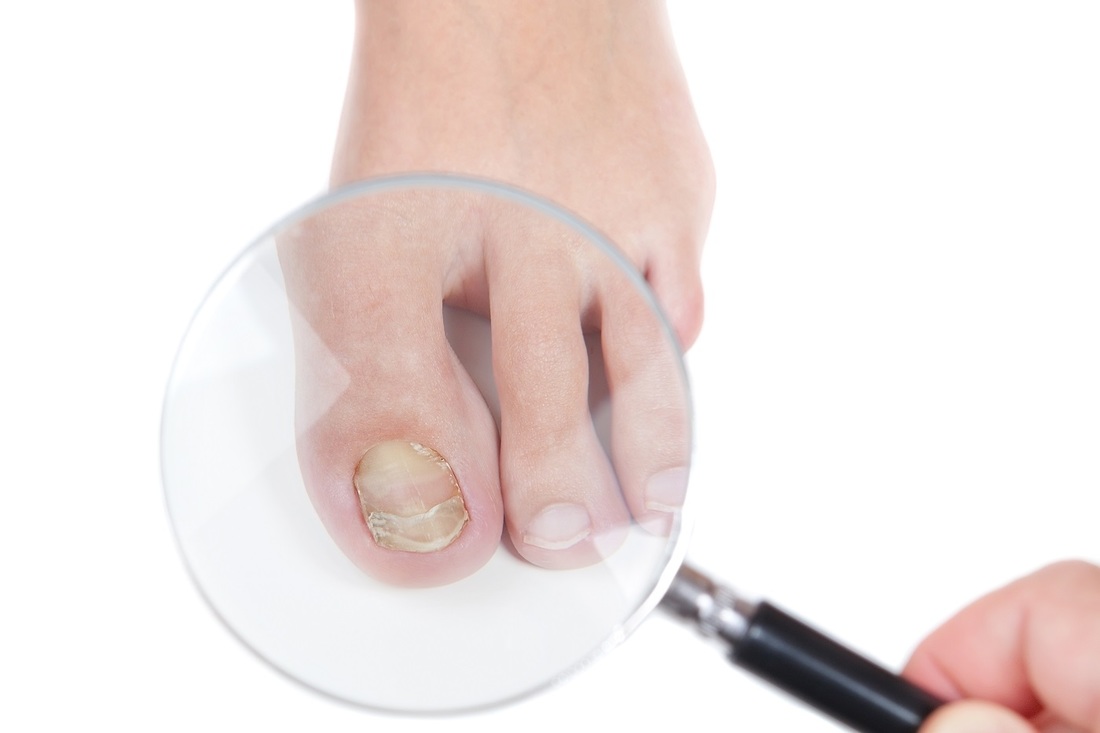
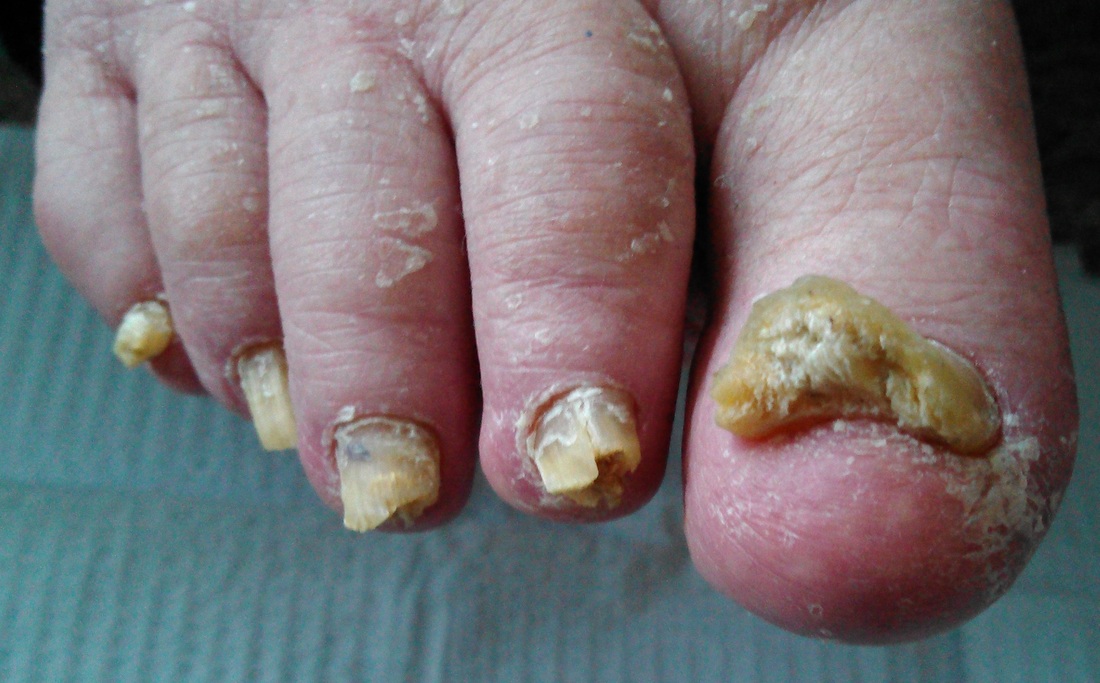
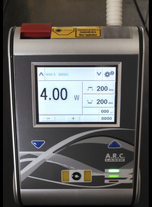

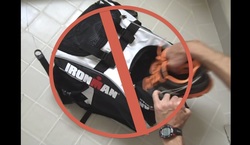
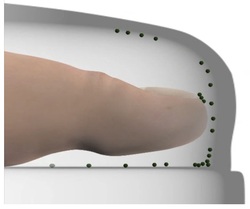
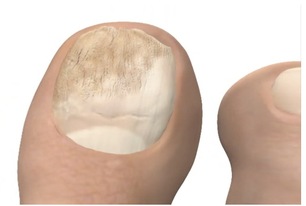
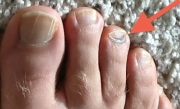
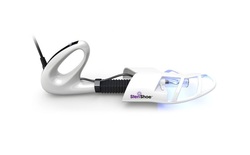
 RSS Feed
RSS Feed